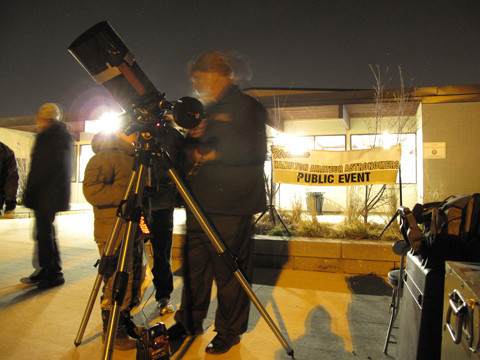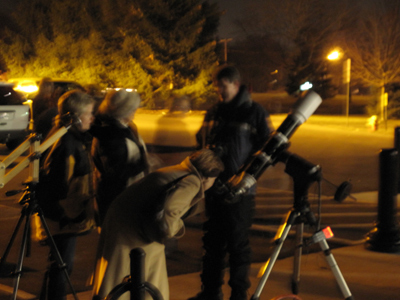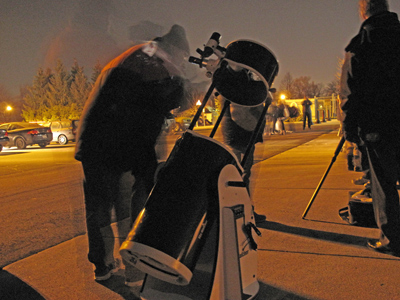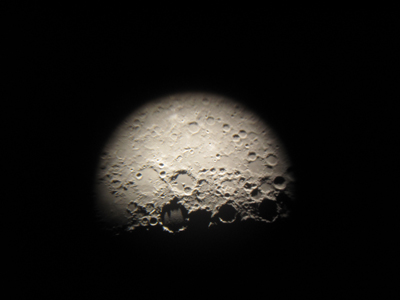Opposition
Today (Jan 27, 2010) marks Mars closest approach to Earth for the next 26 months or so. Today we are about 99 million km from Mars (in Aug 2003, we were about 58 million km), but on Friday Jan 29 we’ll be at opposition (exact opposite direction from us and the Sun.) The difference is explained by orbital mechanics. In simplified terms, our orbits are not parallel with respect to each other so Earth is pulling away from the Sun while Mars is getting closer to both the Sun and Earth, but not at the same rate. As a result, closest approach and opposition do not fall at the same time (but are generally close to each other).
This weekend is calling for some clear skies so get out if you can to see Mars at it’s best for the next 2 years. Even so, Mars won’t be much more than 14 arc-seconds in size. But at the Burlington Public Night last week, I was able to make out the polar cap and some of the larger surface features in my 5″ refractor without a lot of magnification.
Spirit
As I reported at the Jan HAA meeting, the Mars rover Spirit has been stuck in one place since April of 2009. NASA, JPL and APL engineers have been trying to figure out ways to free Spirit from its location.
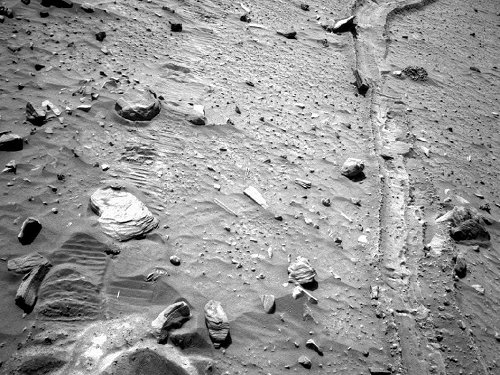
Last tracks that will ever be made by Spirit
Regrettably now it’s official (as of Jan 26) that they have given up and they will no longer try to free Spirit from its current position.
Spirit
Instead Spirit will now enter a new phase of life as a stationary science platform doing additional chemical analysis and try to determine more info about the nature of the planetary core.
How long it will last will be dependent upon surviving the winter. It is now mid-fall on Mars and the tilt of the solar panels (which provides power to the heaters, electronics and radios) is getting less and less energy each day. If it can’t get enough energy to keep warm enough through the winter, then it may not survive. If it does, then it could last for many more months or years in this final location.
The good news is that the other rover, Opportunity is still going strong.
Phoenix
In a related note about Mars exploration, you may remember the Phoenix lander from 2008. It landed in the far Martian north in June and was supposed to last to Sept, but got another 2 months after confirming water ice under the polar cap. Its last transmission was Nov 2008 when the winter had advanced and solar energy dropped to a level incapable of sustaining Phoenix.
Phoenix Wake-up call
Now that spring is approaching and the sun is getting higher(more energy for the solar panels and batteries), NASA has planned a series of calls to Phoenix to see if it survived the winter. While it appears to be unlikely, there is a slim chance. The first calls went out on Jan 18 and will be repeated several times over the next few months. Orbiting satellite Odyssey will be positioned to listen for any weak signal and relay it to Earth. So far there hasn’t been a reply, but it’s still early and potentially lots of frost on the panels. Conditions may improve over the next few months.
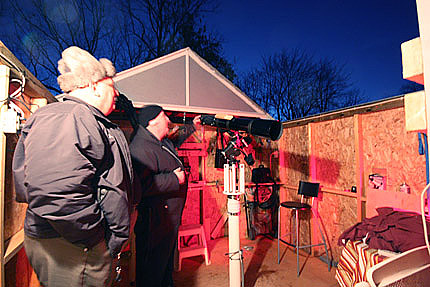
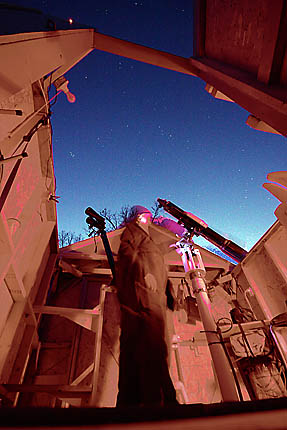
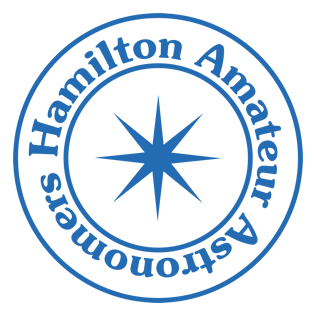

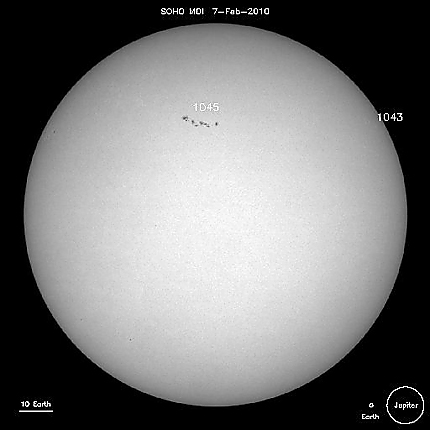
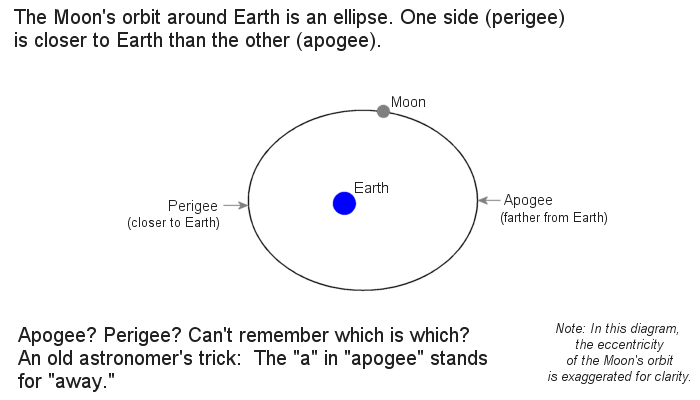

 Last tracks that will ever be made by Spirit
Last tracks that will ever be made by Spirit